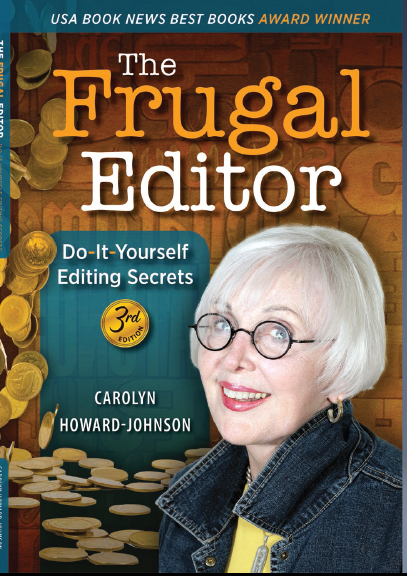By Terry Whalin (@terrywhalin)
When editors and literary agents search for authors, they read magazines, blogs, books, and any other type of writing. There are many ways for you to make new connections to these gatekeepers and magazine writing can be a key entry point. Whether you write books or magazine articles, each type of writing has a set of challenges.
The Challenges with Book Writing
Many writers begin with a book and write a manuscript. Often, they will write something tied to their reading habits. If they read nonfiction, then they will write a nonfiction manuscript. If they read novels, then they will write fiction. Somewhere along the process, they will learn editors and literary agents are looking for a book proposal. This mysterious document contains information that will never show in your manuscript, yet these professionals use this document to decide if they will publish your book.
Everyone can learn to write a book proposal or your business plan for your book. I’ve written two proposals which received six-figure advances and teach these details in my Book Proposals That $ell. I originally wrote this book as a frustrated editor looking for better submissions. My book has helped many writers land a literary agent and a book deal. Every type of book needs a proposal or business plan and this process can present a challenge to getting it published.
It may sound simple, but books are long—100,000 words for a novel and at least 50,000 words for a nonfiction book. Crafting these books take a great deal of time and energy. What people outside of publishing don’t understand is most book sales are modest. If your book sells 5,000 copies that can be a success (depending on the publisher). In addition, the competition for limited spots at traditional houses is intense. Publishers and literary agents are looking for authors with “platforms” or connections to readers who buy books. Each of these factors make publishing books a challenge.
Advantages to Magazine Writing
Magazine articles are much shorter (800 to 1500 words depending on the type of writing and publication). As you write for magazines, you will develop some important skills such as the ability to create an interesting title or a moving opening paragraph or how to write to a particular word count and for a particular audience. Print magazines are looking for quality writing and have a high standard of excellence (another skill you develop in the process). You learn to write a query or pitch to the editor, get assignments or submit complete articles on speculation (depends on the publication).
Here’s the real payoff for magazine writing: you can reach more people. It is a huge success if a book sells 5,000 copies and in the magazine world it is fairly easy for your article to appear in a publication with a circulation of over 100,000.
As a writer, don’t get locked into a particular type of writing—books or magazine or online or whatever. There are a world of possibilities and opportunities if you are open to explore it, then write it and get it into the market.
Tweetable:
________________________________________
W. Terry Whalin, a writer and acquisitions editor lives in Colorado. A former magazine editor and former literary agent, Terry is an acquisitions editor at Morgan James Publishing. He has written more than 60 nonfiction books including Jumpstart Your Publishing Dreams and Billy Graham. Get Terry’s newest book, 10 Publishing Myths for only $10, free shipping and bonuses worth over $200. To help writers catch the attention of editors and agents, Terry wrote his bestselling Book Proposals That $ell, 21 Secrets To Speed Your Success. Jim Cox, Editor-in-Chief of Midwest Book Review wrote, “If you only have time to read one ’how to’ guide to getting published, whether it be traditional publishing or self-publishing, “Book Proposals That Sell ” is that one DIY instructional book. ” Check out his free Ebook, Platform Building Ideas for Every Author. His website is located at: www.terrywhalin.com. Connect with Terry on Twitter, Facebook and LinkedIn.












.png)
.jpg)












